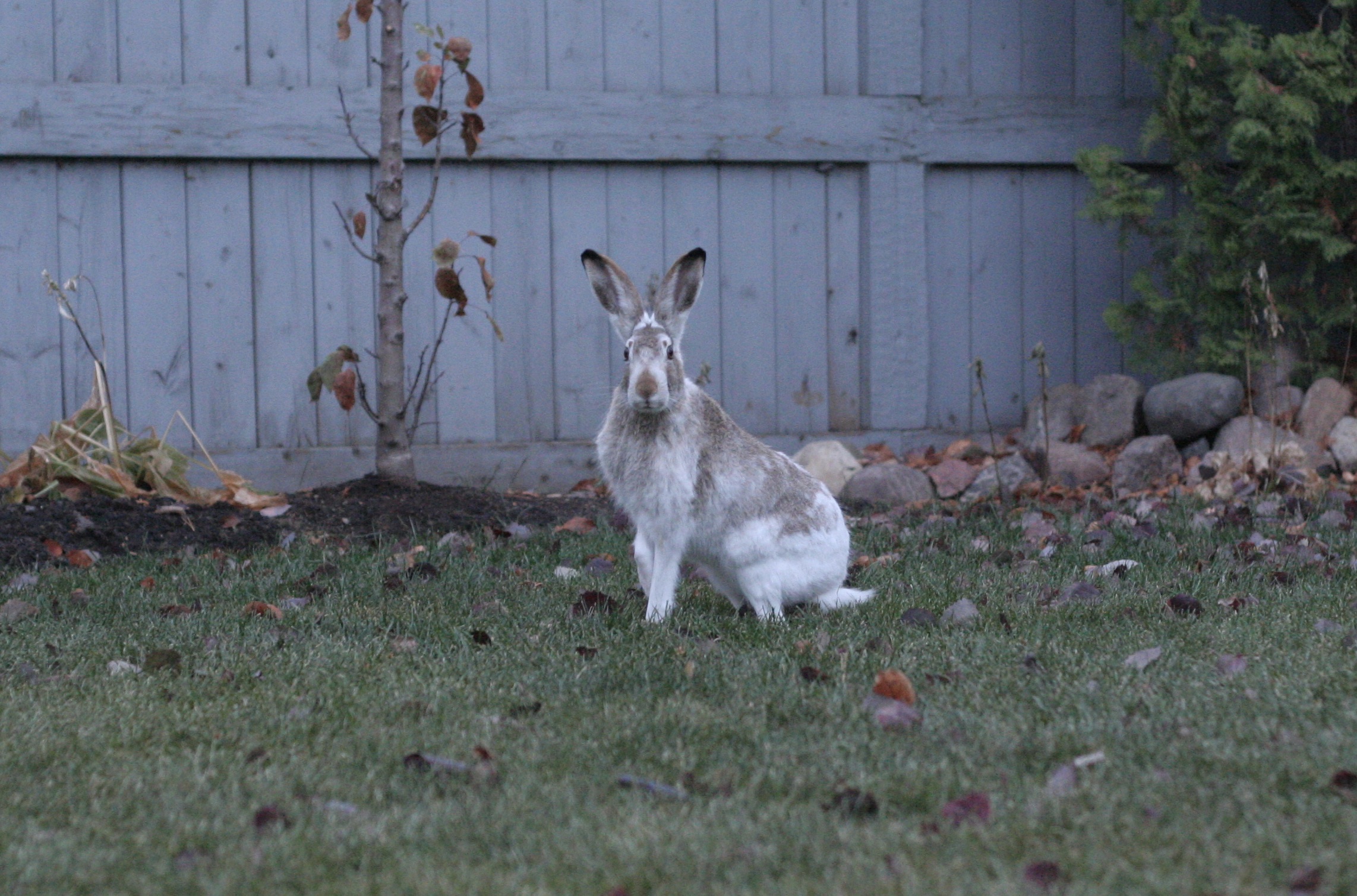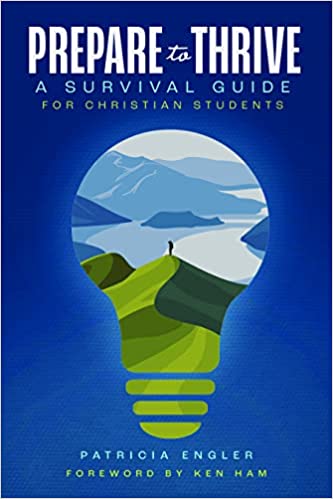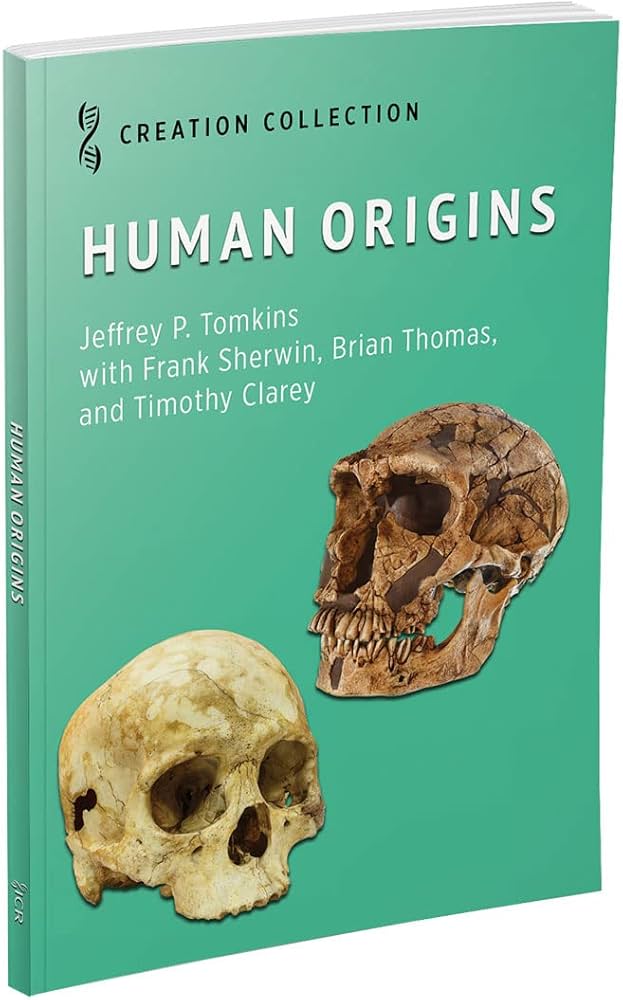A lot of people in these COVID times, especially young people, are growing tired of the same old scene, the same four walls, the same view out the windows. No matter how beautiful the scene, it soon ceases to interest us if that is all we see. Nevertheless, even in our same old environments, it is still possible to maintain the flame of interest in the creation. Some young people in Alberta recently shared with me some of their interests in the creation. Clearly their stories show how they are keeping their interests alive. Indeed, these stories can help enhance our appreciation of the creation too.
Eight year old Tiara said “I like the Aye Aye. It has been created with a long finger so that it can tap on the bark of trees and then fish out insects that surface.” Do you realize that Tiara has already expanded our interests? The Aye Aye is a tiny lemur from Madagascar, off the east coast of Africa, and it indeed exhibits a remarkable finger and a remarkable talent.
Rayna too, age nine, shares her story with us. It so happens that she has some pets. “When one of my female guppies had babies, I saw them dropping onto the gravel in my fish tank. Baby guppies are born live, which is different from most other fish. Most fish lay eggs. Guppy parents will eat their babies while they are small, if they can find them.” How fun it is to make observations in one’s home. It certainly makes sense that the guppy babies drop down hopefully out of sight of the parents (perhaps in nature into aquatic vegetation). It is interesting that guppies, which are so tiny, have been designed for live birth. Another fish that gives birth to live young is the Coelacanth, famous as a living fossil.
Alisha, also nine, shared her story with us: “In science class we were learning about gears in our unit on wheels and levers, and I remembered a video that my grandma had sent to me. This video was about an insect called a planthopper that hops super far using gears in its body. The gears are used to keep the planthopper balanced, because the gears connect the legs together so that the legs push off at the exact same time. I thought it was so cool how scientists found gears in a bug and that technology can learn from a bug!” Here is a link to that video:
https://uncommondescent.com/intelligent-design/mike-behe-looks-at-the-actual-gears-in-bugs/
Shem, who is ten, shared with us “I like the Bush buck. It is a species of antelope in Sub-Saharan Africa. Its mother hides it in the tall grass so that predators don’t see it.” This is an important point about the creation. Not only are creatures well designed in their anatomy and physiology (body processes), but God has also conferred on them suitable behavioural skills to assist them to survive.
Matthias, age 12, makes the same point about a reptile in Southeast Asia. He says: “I like the Draco Lizard. It has been created to use its “wings” and tail to glide through the air in order to escape the predators on the jungle floor.” Here we see interesting anatomy and unusual behavioural skills in a reptile. Apparently they can leap 30 m (100 ft) from one tree to another. Very interesting, Matthias. Now my interests are shifting to Southeast Asia!
Kirk turns out to be a very interesting young man. In a suitable aquarium, since last summer, he has housed a crayfish which he collected from a local river. Since then, he has watched it grow and molt several times. Kirk tells us “Crayfish can learn because if you regularly feed them raw meat with your hand, they will get used to your hand and always come out of their den when they see it. They will also let you pick them up without pinching you. Also, whenever I hold my algae wafer jar against the glass, my crayfish tries to climb the glass and get to the algae wafers.” It is certainly good to remember how unique and special every creature is which God has created.
Karen, who is fourteen, shares with us her new interest. She says: “Recently I have started getting into photography, and nature photography in particular. As I have been taking photos, I have begun to notice all the beauty and complexity in all that God has created. There is truly so much beauty in nature all around us, all we have to do is look.” Karen, not surprisingly, pursues a lot of artistic interests including painting and sketching.
Jerusha, also fourteen, turns our attention to quite a remarkable animal. She tells us: “I like the elephant shrew because it has been created to always be cleaning its trails. If there is even one small obstruction, it can be fatal as it depends on clean trails to escape lizards and other predators who chase it through its tunnels.” Oh my, what an interesting choice, Jerusha. Apparently, at 29 kph or 18 mph, this small insect-eating animal from Africa, is one of the speediest small mammals living today.
The last contribution is from Lincoln, age 14, who has been working with electronics and building his own computer from resistors, transistors, wires and other parts. He has recently started looking into sending and receiving radio waves. Thus “I have been learning what I can comprehend about broadcasting radio waves. It’s quite amazing to see how the laws governing light interact, making a perfect system. The speed of light is a constant. This is important because you must use it to get the radio signal’s wavelength, and then take one half to one tenth of the wavelength to calculate how long your radio antenna should be.” It is certainly important for us to remember that the physical world is part of the creation and we can use its amazing features to our benefit.
Ralph, a friend, summed up the message of this article when he said: “As far as keeping Creation in mind, I think this is vital during times like we are in. Understanding and placing our hope in an all-powerful and loving God gives us perspective in the face of a challenging situation that may seem overwhelming. Affirming creation as opposed to evolution helps to keep our faith in Jesus rather than in the world and to persevere in the times we are given. We don’t ignore the threat of the virus and civil unrest, but the foundation of our hope is built on a rock, as we find ourselves in a storm.”
Margaret Helder
March 2021
Subscribe to Dialogue







